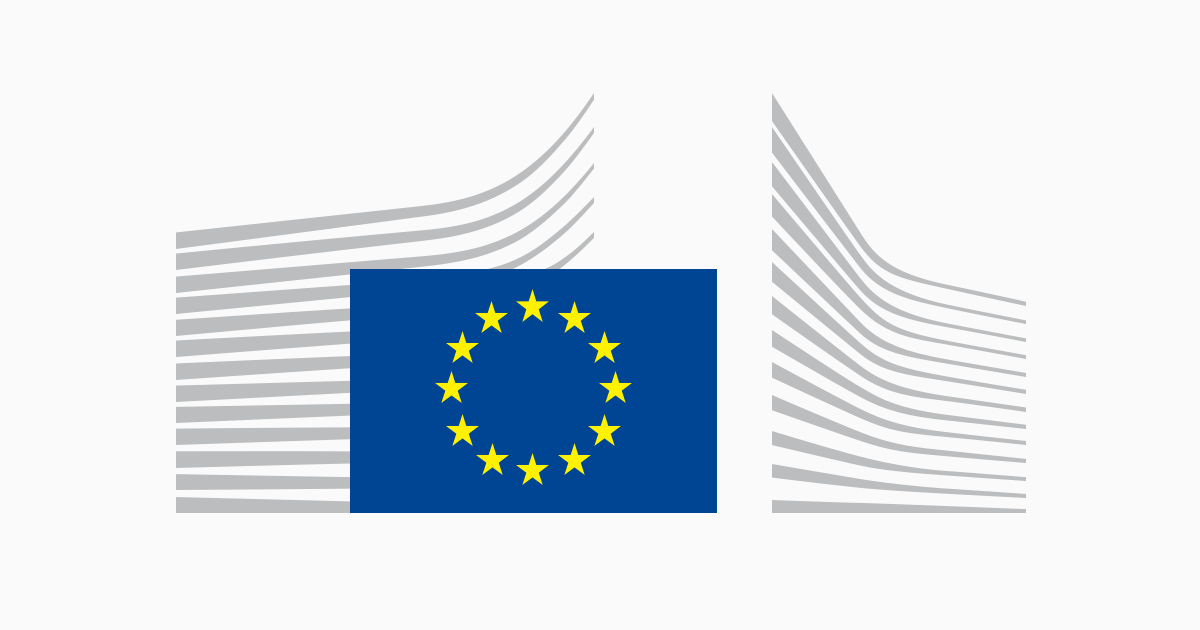What is the Regulatory Financial Risk Framework in the EU?
The EU's financial risk framework is based on the CRD, CRR (implementing Basel III principles), and guided by the EBA. It also includes BRRD and SRMR for managing failing banks, ensuring overall financial stability, and mitigating systemic risks.

Grand “Answer”:
The regulatory financial risk framework in the EU is primarily based on the Capital Requirements Directive (CRD) and the Capital Requirements Regulation (CRR)[1]. The CRD and CRR set out the prudential requirements for banks and investment firms, aiming to ensure their financial stability and solvency[1]. These regulations implement the Basel III framework in the EU, which focuses on capital adequacy, liquidity, and leverage[2]. In addition, financial institutions also need to comply with the Bank Recovery and Resolution Directive (BRRD) and the Single Resolution Mechanism Regulation (SRMR), which provide a framework for the resolution of failing banks and investment firms[1]. Furthermore, the European Banking Authority (EBA) plays a key role in developing guidelines and technical standards to facilitate consistent implementation of the regulatory framework across EU member states[3]. Overall, the EU's regulatory risk management framework for financial institutions focuses on maintaining financial stability and preventing systemic risks, while also ensuring effective supervision and resolution of failing institutions[1][3].
Source
[1]

[2]

[3]

Regulatory Risk Management: Capital Requirements Regulation
The comprehensive risk management framework for financial institutions in the European Union (EU) is primarily anchored by Regulation (EU) No 575/2013, commonly referred to as the Capital Requirements Regulation (CRR), and its complementary directive, Directive 2013/36/EU, the Capital Requirements Directive (CRD). These legislative instruments establish stringent prudential requirements for credit institutions and investment firms, including banks, seeking to fortify their financial stability and resilience.
Central to the CRR is the establishment of a harmonised set of prudential rules, dubbed the 'single rule book'. This cohesive approach ensures the consistent application of global standards, including the Basel III guidelines, across all EU Member States. This is a significant achievement as it has set a level playing field for all institutions within the bloc, preventing regulatory arbitrage and promoting financial stability.
The regulation stipulates that banks must maintain capital corresponding to at least 8% of their risk-weighted assets. This core principle reflects the recognition that different asset classes pose different levels of risk: low-risk assets like government bonds necessitate a smaller capital cushion than high-risk assets like unsecured loans. Moreover, the CRR introduces two liquidity measures, namely the Liquidity Coverage Ratio (LCR) and the Net Stable Funding Ratio (NSFR). The LCR ensures banks maintain sufficient high-quality liquid assets to survive an acute 30-day stress scenario, while the NSFR promotes resilient funding structures in the longer term. Another fundamental aspect of the CRR is the introduction of a leverage ratio, which limits banks from excessively leveraging their equity, preventing them from becoming too vulnerable to sudden changes in the value of their assets.

Transformation of Risk Management in EU Financial Institutions
In its commitment to fostering a more resilient and robust banking sector, the EU has progressively updated the CRR with a series of amendments, aligning the regulation with evolving international regulatory standards and addressing specific financial regulatory concerns. These changes have spanned various aspects, from transitional arrangements to cushion the impact of the International Accounting Standards Board Reporting Standard 9 (IFRS 9) on banks' own funds to regulations ensuring minimum loss coverage for non-performing exposures.
In response to the global COVID-19 pandemic, the EU swiftly introduced targeted modifications to the CRR, providing temporary relief to banks and ensuring continued lending to households and businesses during the crisis.
The most recent amendments, known as CRR III and CRD VI, are the EU's interpretation of the Basel 3 agreements finalised in December 2017, colloquially known as Basel 4. These alterations touch on numerous aspects of the risk management framework. They include significant changes to the standardized approach for credit risk, internal ratings-based approach for credit risk, credit valuation adjustment computation, and operational risk framework.
Another vital aspect is the introduction of an output floor that limits the capital advantage derived from risk models, enhancing the comparability of banks' capital ratios and preventing institutions from underestimating the risks they face. The amendments also integrate Environmental, Social, and Governance (ESG) requirements into the prudential framework, reflecting the EU's commitment to sustainable finance.
Moreover, the amendments encompass a new framework for supervising third-country branches operating within the EU, adjustments to the Systemic Risk Buffer (SyRB) and Pillar 2 Requirement (P2R), and modifications to the bank crisis management framework affecting the Bank Recovery and Resolution Directive and the CRR. These additions reflect the EU's ongoing commitment to fortify the stability and resilience of its banking sector in an ever-changing financial landscape. Once implemented, these measures are expected to increase EU banks' minimum capital requirements, further strengthening the sector's risk-bearing capacity.
Grand Answer: Your AI Partner
Designed to support compliance officers, legal counsels, and other professionals responsible for adhering to regulatory standards, Grand Answer aims to facilitate an efficient and straightforward compliance process.
Reduce your
compliance risks


